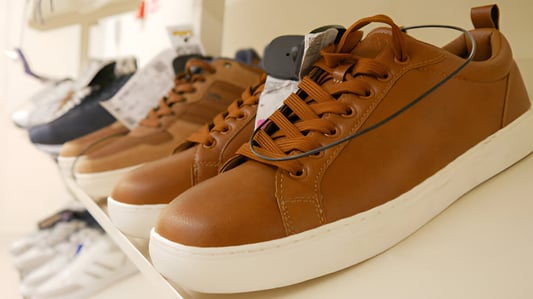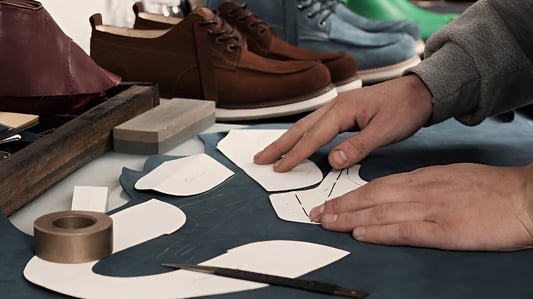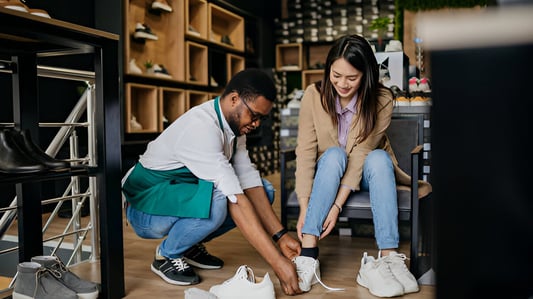Versatile Chunky Sandals: From Beach to StreetAre you looking for a shoe to take you from a day at the beach to a night out on the town? Look no further than the versatile chunky sandal. These versatile shoes are perfect for any occasion, offering both fashion and function. Here are ten reasons why you should consider adding this style to your shoe collection.1. Comfortable and SupportiveChunky sandals are often designed with a platform or thick sole, providing ample cushioning and arch support. This makes them comfortable to wear for long periods of time, whether you're walking around a beachside town or dancing the night away.2. Durable and Long-LastingChunky sandals are built to be sturdy and long-lasting. Many are made with high-quality materials, such as leather or durable synthetics, which can withstand the wear and tear of daily use. Purchasing a pair of chunky sandals is a wise investment, as they are likely to last for many summers to come.3. Versatile in StyleChunky sandals come in a variety of styles, from strappy to slide-on. They can also feature different embellishments, like studs or tassels. This means that there is a chunky sandal style to suit any taste, from bohemian to edgy.4. Easily AccessorizedChunky sandals are versatile not just in style but also in their ability to be accessorized. From simple anklets to statement-making toe rings, there are many ways to add extra flair to your chunky sandal look.5. Perfect for Outdoor ActivitiesChunky sandals are great for outdoor activities, such as hiking or exploring. Their sturdy build and closed-toe designs also make them ideal for protecting your feet from rocky or uneven terrain.6. Stylish Enough for a Night OutChunky sandals are not just functional, they are also stylish enough to wear on a night out. Pair them with a sundress or jumpsuit for an effortless summer look that will turn heads.7. Affordable Options AvailableChunky sandals come at a range of price points. While some may be pricier designer brands, there are also many affordable options available. This means that anyone can add this wardrobe staple to their shoe collection.8. Easy to CleanChunky sandals are often made from materials that are easy to clean. Simply wipe off any dirt or sand with a damp cloth to keep them looking fresh all summer long.9. Can be Worn Year-RoundWhile chunky sandals are often thought of as a summer shoe, they can also be worn year-round. Pair them with colorful socks for a playful look in the cooler months.10. Affordable Way to Stay on TrendChunky sandals are a trendy shoe style that won't break the bank. Instead of buying into an expensive designer trend, opt for a pair of chunky sandals that will offer the same fashionable look at a fraction of the cost.ConclusionChunky sandals are the ultimate versatile shoe. Whether you're spending a day at the beach or hitting the town for a night out, they can go anywhere and with any outfit. With their comfort, durability, and stylish appeal, these shoes are a must-have for any fashion-conscious and practical shoe lover.Versatile Chunky Sandals, Beach Sandals, Summer Shoes, Comfortable Sandals, Stylish Sandals, Affordable Sandals, Durable Sandals, Outdoor Sandals, Fashionable Sandals, Arch-supportive SandalsVersatile Chunky Sandals: The Ultimate Beach-to-Street ShoeTake on summer in style with these versatile and functional chunky sandals. From the beach to the city streets, they are the ultimate shoe for any occasion.Quote InquiryContact us










